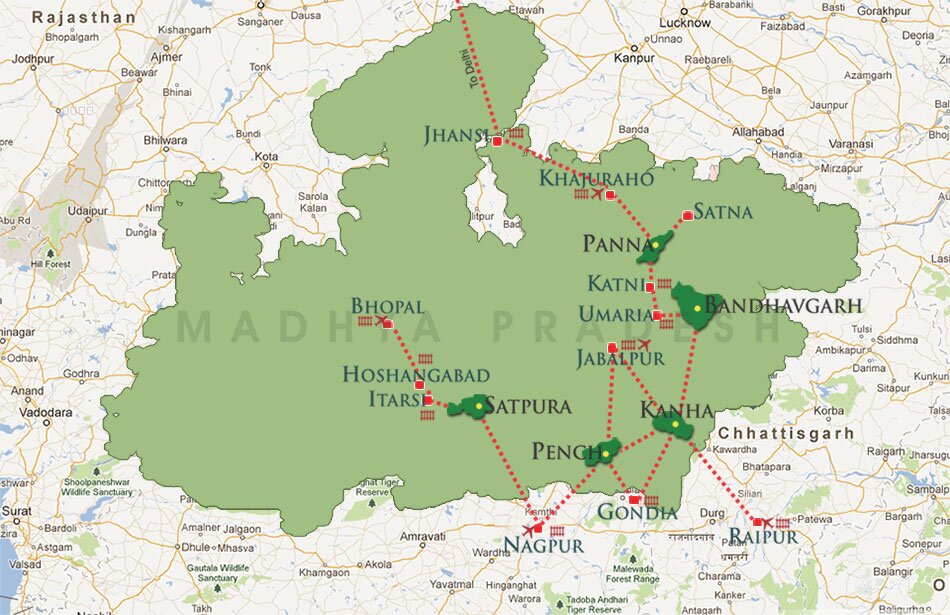Biodiversity & Environment
Elephant Colony in Bandhavgarh
- 30 Dec 2019
- 4 min read
Why in News
For the first time, Bandhavgarh Reserve forest located in Madhya Pradesh (MP), has a colony of elephants who migrated from Chhattisgarh in November 2018 and has stayed on. Bandhavgarh is a large reserve forest that has plenty of food and water which is the possible reason for this migration and stay.
Bandhavgarh Tiger Reserve
- In 1968, it was notified as a national park and in 1993 was declared a tiger reserve- under the Project Tiger Network at the neighbouring Panpatha Sanctuary.
- Historical Significance: Its mention can be found in the ancient books of the ‘Narad Pancharatra’ and the ‘Shiv Purana’ that this place is being associated with Ramayana.
- The Bandhavgarh Fort is a great masterpiece of “Treta Yuga” (one of the ages of mankind in Hinduism).
- It was ruled by major dynasties including Sengars, the Kalchuris, and the Baghels (believed to rule the regions for the longer period).
- Geographical Aspect: It resides on the extreme north eastern border of Madhya Pradesh and the northern edges of the Satpura mountain ranges.
- Climate: Tropical monsoon climatic zone.
- Streams: The whole park is filled with more than 20 streams out of which some of the most important streams are Johilla, Janadh, Charanganga, Damnar, Banbei, Ambanala and Andhiyari Jhiria. These streams then merge into the Son river (an important southern tributary to the river Ganga).
- Biodiversity: There is a large number of tigers in the core zone. There are more than 22 species of mammals and 250 species of birds.
- Species Found: Asiatic Jackal, Bengal Fox, Sloth Bear, Striped Hyena, Leopard and Tiger, Wild Pigs, Nilgai, Chinkara and Gaur (a herbivore and the only coarse feeder).
Note:
- Elephant is a Schedule-1 species as listed under the Wildlife Protection Act, 1972.
- While India is home to 50% of the Asian Elephant population, and according to 2017 elephant census, there are 27,312 elephants in the country, marking a decrease of nearly 3,000 elephants from the 2012 census.
- The ‘Tiger State’ of MP, which in the 2019 census recorded the most number of estimated tigers at 526, presently has no know-how of dealing with elephants.
- There are no elephants in MP and there is no known reason for this disappearance from India’s central region, including MP and until a few years ago Chhattisgarh. A loss of habitat could have led to this problem.
- But growing urbanisation and deforestation in other elephants residing areas, such as West Bengal and Jharkhand, could now be pushing the animals westwards (i.e, in MP).
- In October 2019, the Union Ministry for Environment, Forests and Climate Change constituted a technical committee to develop a National Elephant Action Plan.
- Although there is extensive forest cover, relying of elephants on crops makes human-elephant conflict inevitable.





